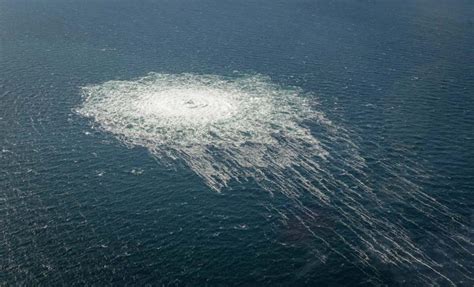The recent incident involving the damage to the Svalbard underwater cable has sparked significant debate among analysts, experts, and the general public alike. The cable, critical for communications between the Norwegian mainland and the Arctic archipelago, was found to be damaged back in January 2022. This has led to a myriad of theories ranging from accidental damage by trawlers to sophisticated sabotage by state actors. The commentary surrounding this event offers insights into the diverse opinions and the complex geopolitics at play.
A common perspective highlighted in the comments is the frequency with which trawlers have crossed paths with submarine cables. For instance, comments on the NRK article point out how a Russian trawler had crossed the Svalbard cable more than 140 times before it was damaged. While the trawler’s owners have denied any connection to the damage, the coincidence has piqued curiosity. Indeed, the history of maritime interactions suggests that fishing equipment often interferes with underwater infrastructure.
However, attributing the damage solely to trawlers seems overly simplistic given the intricate layers of geopolitical tension involved. Highlights from the discussion emphasize that the proximity of such incidents to significant events like the Russian invasion of Ukraine adds a cloak of suspicion. Furthermore, similar incidents such as Nord Stream pipeline damage have been scrutinized for potential state-sponsored sabotage. As noted by commentators, the political ramifications and strategic advantages make underwater cables attractive targets for covert operations.
Delving into the technical aspects, underwater fiber optic cables are marvels of modern engineering. These cables often span thousands of kilometers and are equipped with repeaters, which boost the signal strength necessary to transmit vast amounts of data over long distances. It’s remarkable how a cable no thicker than a pinkie finger can carry data at speeds of up to 10 gigabits per second, with potential future capacity for even higher speeds. This robustness, however, doesn’t make them immune to damage, be it intentional or accidental.
The undersea cable systems are often equipped with amplification technologies such as Erbium-Doped Fiber Amplifiers (EDFAs) to maintain signal integrity. These systems receive power through the cable itself and ensure that data travels efficiently across the seabed. Understanding this intricate setup adds another layer to considering how the damage could have been inflicted without immediate detection. Could it be that the damage required sophisticated equipment possibly available only to state actors?
In essence, the incident involving the Svalbard cable encapsulates a blend of technological marvel, geopolitical tactics, and maritime activity. While the debate continues, one cannot dismiss the historical context of cable interactions. From accidents due to misplaced fishing equipment to deliberate sabotage reflecting international tensions, the realm of underwater cables is fraught with complexity. The implications for international communications, military strategy, and economic stability are enormous, necessitating a thorough and transparent investigation.
As we navigate through these murky waters, the importance of safeguarding our undersea cables cannot be overstated. They form the backbone of the internet and global communications networks. Whether this incident was a mere accident or something more sinister, it serves as a crucial reminder of the vulnerabilities and the need for vigilance in protecting our digital lifelines.


Leave a Reply